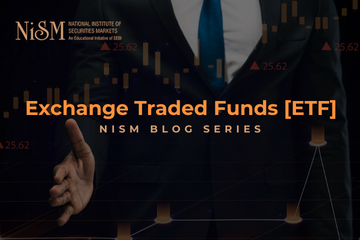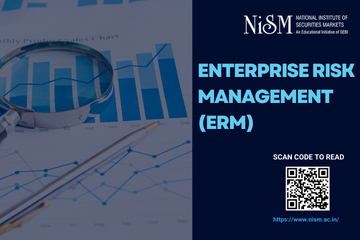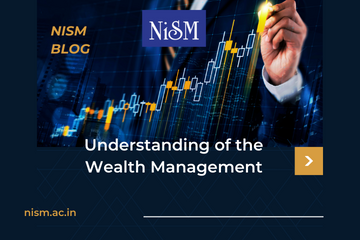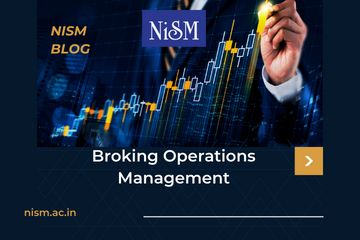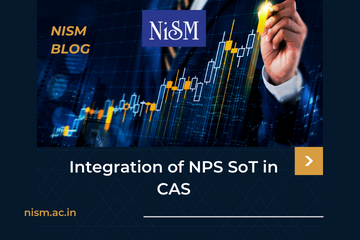Author: Denny B Justin
Exchange Traded Funds (ETFs) are investment funds that aim to track the performance of an underlying index, commodity, or basket of assets. Unlike mutual funds, ETFs trade on stock exchanges like individual stocks. They offer real-time pricing and intraday trading, lower expense ratios, and greater transparency, making them more cost-effective and accessible to investors. Their primary purpose is to provide investors with a convenient and cost-effective way to diversify their portfolios. These financial instruments have emerged as the cornerstone of contemporary portfolio management. In this exploration of ETFs, we delve into their origins, characteristics, and transformative influence on how investors navigate the complexities of today’s financial markets.
ETF shares are created or redeemed by authorized participants (typically large financial institutions) in a process called “creation and redemption.” This process involves exchanging a basket of underlying assets for ETF shares or vice versa, which helps to keep the ETF’s market price in line with its Net Asset Value (NAV). ETFs can track several assets, including equities (stock ETFs), fixed-income securities (bond ETFs), commodities (commodity ETFs), currencies (currency ETFs), and even alternative assets such as real estate and cryptocurrencies. ETFs achieve diversification by holding a diversified portfolio of underlying assets. For example, a broad stock market ETF might have shares from hundreds or thousands of different companies, spreading risk and providing exposure to the entire market.
In recent years, a significant incident in Exchange Traded Funds (ETFs) has occurred in India and globally, highlighting their resilience and adaptability. During the economic challenges posed by the COVID-19 pandemic in 2020, India witnessed a notable milestone when the government launched the first ETF tracking the performance of government-owned companies, the Bharat Bond ETF. Exchange Traded Funds (ETFs) have steadily gained prominence in the Indian financial landscape, mirroring the global trend toward these versatile investment instruments. ETFs have found favor among both retail and institutional investors in India. Investors in the country have witnessed the proliferation of ETFs tracking various indices, asset classes, and thematic strategies, providing opportunities to tailor portfolios to specific investment goals.
ETFs typically have lower expense ratios than mutual funds. They offer intraday trading, enabling investors to buy and sell shares at market prices throughout the trading day. Market makers provide liquidity, ensuring that ETFs can be readily traded. ETFs maintain price alignment through arbitrage. Market makers create or redeem ETF shares to profit from price differentials between the ETF and its underlying assets, ensuring that the ETF’s market price closely matches its NAV. Investors should consider ETF’s expense ratio, tracking error, liquidity, underlying assets, and investment strategy. Aligning the ETF with specific investment goals and risk tolerance is crucial.
In conclusion, Exchange Traded Funds (ETFs) are a smart tool for investors. They are a way to invest your money that makes things easier. With ETFs, you can spread your money across different things, such as stocks or bonds, by buying one thing. They are like a buffet where you can choose from many other foods without ordering each separately. ETFs are great for both new and experienced investors. As investors increasingly seek efficient and accessible investment solutions, ETFs continue to play a pivotal role in shaping the investment landscape in India, offering a compelling avenue for those looking to harness the benefits of a well-diversified and cost-effective portfolio. In our fast-changing world, ETFs help people invest their money wisely and simply, making them an essential part of modern investing.

